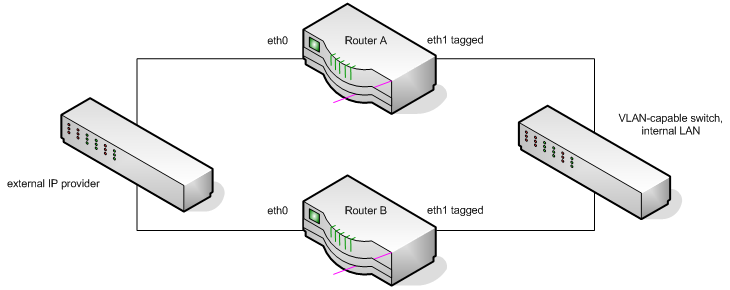When I starting using WordPress on tolaris.com, I noticed an innocuous link in the admin interface entitled “Turbo”. This feature uses Google Gears to speed up working with the blog, and to work offline (!) by storing data (html, images, javascript) in my firefox profile and running javascript in the background. Unfortunately, Google doesn’t release Gears for 64-bit architectures.
Today I discovered that someone has patched Gears to work with Firefox 64-bit, and released a precompiled installer. Warning: after installation, when Firefox restarts, you will see a warning that the plugin could not be installed (‘”Google Gears” could not be installed because it is not compatible with your Firefox build type (Linux_x86_64-gcc3). Please contact the author of this item about the problem.’). However, it is installed and works just fine. Unfortunately this message is repeated each time Firefox restarts.
I can now browse my admin page with Firefox in offline mode. Sniffing proves that not a byte is passing. Now I can write blog posts on planes, without having to use an offline text editor.
Update 2009-05-29: My old colleague from my days at Greenpeace, Niels Peen, now provides the latest version (5.21.0) with proper build tagging. So you will no longer see the warning about Linux_x86_64-gcc3 being the wrong build type. Thanks, Niels!
Update 2009-07-24: 5.31.0 and 5.32.0 are now available here, also with build instructions so you can do it yourself!








Recent Comments